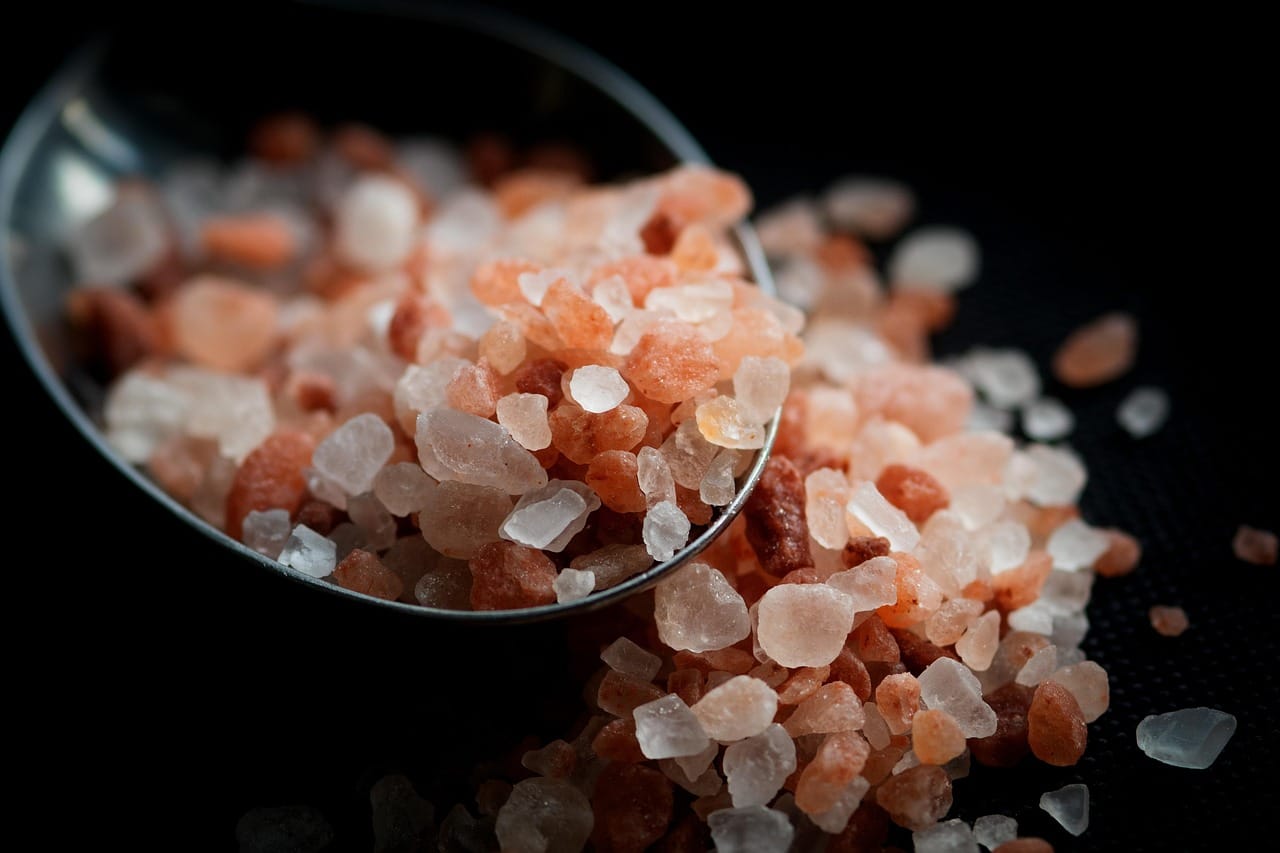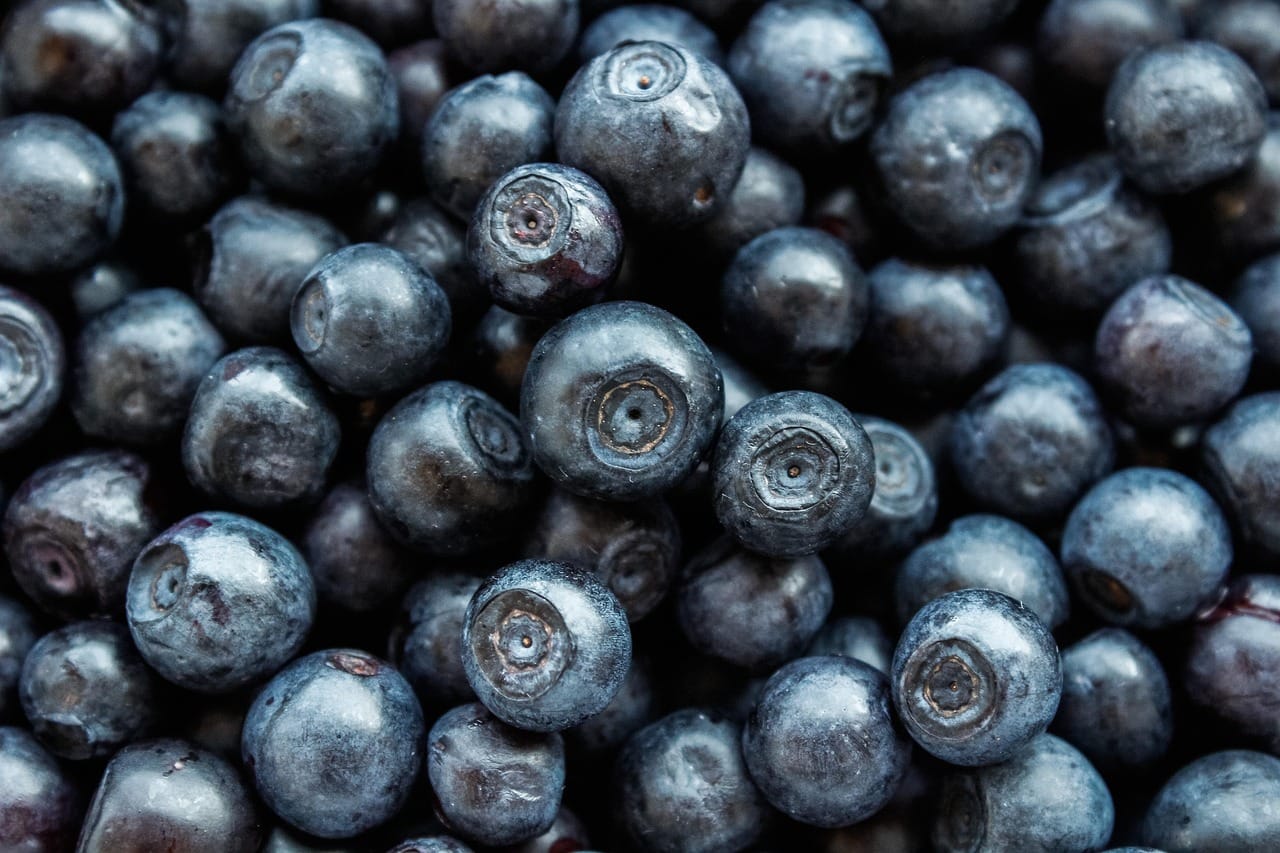Bruschetta. The mere mention of the word conjures images of sun-drenched Italian terraces, the aroma of toasted bread mingling with ripe tomatoes and fragrant basil. This simple yet elegant dish is more than just an appetizer; it’s a celebration of fresh, high-quality ingredients and the art of uncomplicated cooking. But what exactly is bruschetta, and how can you create the perfect version at home? Let’s delve into the world of this Italian classic and unlock its secrets.
What Exactly IS Bruschetta?
Bruschetta vs. Crostini: Understanding the Difference
Often confused with its smaller cousin, crostini, bruschetta (pronounced “broo-SKET-tah”) is traditionally made with thicker slices of rustic bread, such as sourdough or country bread. Crostini, on the other hand, utilizes smaller, thinner slices, often from a baguette. The bread is typically grilled or toasted over an open flame, giving it a characteristic smoky char.
- Bruschetta: Larger, rustic bread, grilled or toasted, often rubbed with garlic.
- Crostini: Smaller, thinner bread, toasted or baked, versatile toppings.
The Heart of Bruschetta: Quality Ingredients
The beauty of bruschetta lies in its simplicity. However, this simplicity demands the highest quality ingredients. Imagine biting into a piece of perfectly toasted bread topped with bland tomatoes – disappointing, right? The best bruschetta starts with:
- Exceptional Bread: Opt for a crusty loaf that can withstand the weight of the toppings. Sourdough, ciabatta, or a country-style loaf are excellent choices.
- Ripe Tomatoes: Heirloom tomatoes are ideal, especially during peak season. Look for vibrant color and a fragrant aroma. Roma tomatoes also work well.
- Fresh Basil: Use fresh basil leaves, not dried. Their vibrant flavor is essential.
- High-Quality Olive Oil: Extra virgin olive oil is a must. Its fruity notes will complement the other ingredients.
- Garlic: Fresh garlic cloves, not garlic powder, are crucial for that authentic Italian flavor.
- Salt and Pepper: Season generously to bring out the flavors of all the ingredients.
Mastering the Art of Toasting
Grilling vs. Toasting: Which Method is Best?
While both grilling and toasting produce delicious bruschetta bread, the method you choose depends on your preference and equipment.
- Grilling: Imparts a smoky flavor and distinct char marks. Ideal for warmer weather and outdoor cooking. Brush the bread lightly with olive oil before grilling.
- Toasting: More convenient for indoor cooking. Use a toaster oven or regular oven. Broil the bread for a quicker, more even toast.
Achieving the Perfect Golden Brown
The goal is to achieve a golden-brown exterior with a slightly chewy interior. Avoid burning the bread, as this will result in a bitter taste. Keep a close eye on the bread while grilling or toasting.
- Grilling Tip: Grill over medium heat for 2-3 minutes per side, or until golden brown.
- Toasting Tip: Toast in a toaster oven at 350°F (175°C) for 5-7 minutes, or broil in a regular oven for 1-2 minutes per side.
The Garlic Rub: Essential for Flavor
Once the bread is toasted, immediately rub a peeled garlic clove over the warm surface. The heat will release the garlic’s oils, infusing the bread with its pungent flavor. Don’t be shy; rub generously!
Creating the Classic Tomato Bruschetta
The Traditional Topping: A Step-by-Step Guide
Classic tomato bruschetta is the quintessential version of this Italian appetizer. Here’s how to make it:
Variations on the Theme: Exploring Different Tomatoes
While Roma and Heirloom tomatoes are popular choices, feel free to experiment with other varieties:
- Cherry Tomatoes: Add a burst of sweetness. Halve or quarter them before adding.
- San Marzano Tomatoes: Known for their meaty texture and low acidity, ideal for a richer flavor.
- Sun-Dried Tomatoes: Adds a chewy texture and concentrated flavor. Rehydrate them in olive oil before adding.
Balsamic Glaze: The Finishing Touch
A drizzle of balsamic glaze adds a touch of sweetness and acidity that complements the tomatoes beautifully. Use sparingly, as it can be overpowering. Alternatively, a light sprinkle of balsamic vinegar can also be used.
Beyond the Tomato: Creative Bruschetta Toppings
Expanding Your Culinary Horizons
While tomato bruschetta is a classic, the possibilities are endless when it comes to toppings. Consider these creative variations:
- White Bean and Rosemary: Combine cannellini beans with rosemary, garlic, and olive oil for a rustic and flavorful topping.
- Mushroom and Thyme: Sauté mushrooms with thyme, garlic, and a touch of balsamic vinegar for an earthy and savory option.
- Prosciutto and Fig: A sweet and savory combination that’s perfect for entertaining. Top with a drizzle of honey or balsamic glaze.
- Avocado and Feta: Mash avocado with feta cheese, lime juice, and a pinch of chili flakes for a refreshing and creamy topping.
- Roasted Red Pepper and Goat Cheese: Roast red bell peppers until softened, then combine with goat cheese, garlic, and olive oil.
Cheese Please! Incorporating Dairy
Adding cheese to your bruschetta elevates it to another level. Consider these options:
- Mozzarella: Fresh mozzarella adds a creamy texture and mild flavor.
- Burrata: A decadent cheese with a creamy center, perfect for special occasions.
- Ricotta: A light and fluffy cheese that pairs well with sweet or savory toppings.
- Parmesan: Grated Parmesan adds a salty and savory note.
- Goat Cheese: Tangy and creamy, goat cheese pairs well with sweet or savory toppings.
Serving and Storage Tips
Presentation Matters: Making it Look Appealing
Arranging your bruschetta on a platter adds to the experience. Consider these presentation tips:
- Garnish: Sprinkle with fresh herbs, such as basil or parsley, for a pop of color.
- Drizzle: A drizzle of olive oil or balsamic glaze adds visual appeal and flavor.
- Arrange Artfully: Arrange the bruschetta pieces in a visually appealing pattern on the platter.
Best Enjoyed Fresh: Time is of the Essence
Bruschetta is best enjoyed immediately after preparation. The bread can become soggy if left for too long.
Storage Solutions: If You Have Leftovers
If you have leftover bruschetta, store the toasted bread and toppings separately. The bread can be stored in an airtight container at room temperature. The toppings can be stored in the refrigerator for up to 24 hours. Reassemble the bruschetta just before serving.
Conclusion
Bruschetta, in its essence, is a testament to the beauty of simple, fresh ingredients prepared with care. Whether you stick to the classic tomato topping or venture into more adventurous combinations, the key is to prioritize quality and freshness. By following these tips and techniques, you can create bruschetta that will impress your guests and transport you to the sun-drenched landscapes of Italy. So, grab your loaf of rustic bread, your ripest tomatoes, and get ready to experience the magic of bruschetta!




